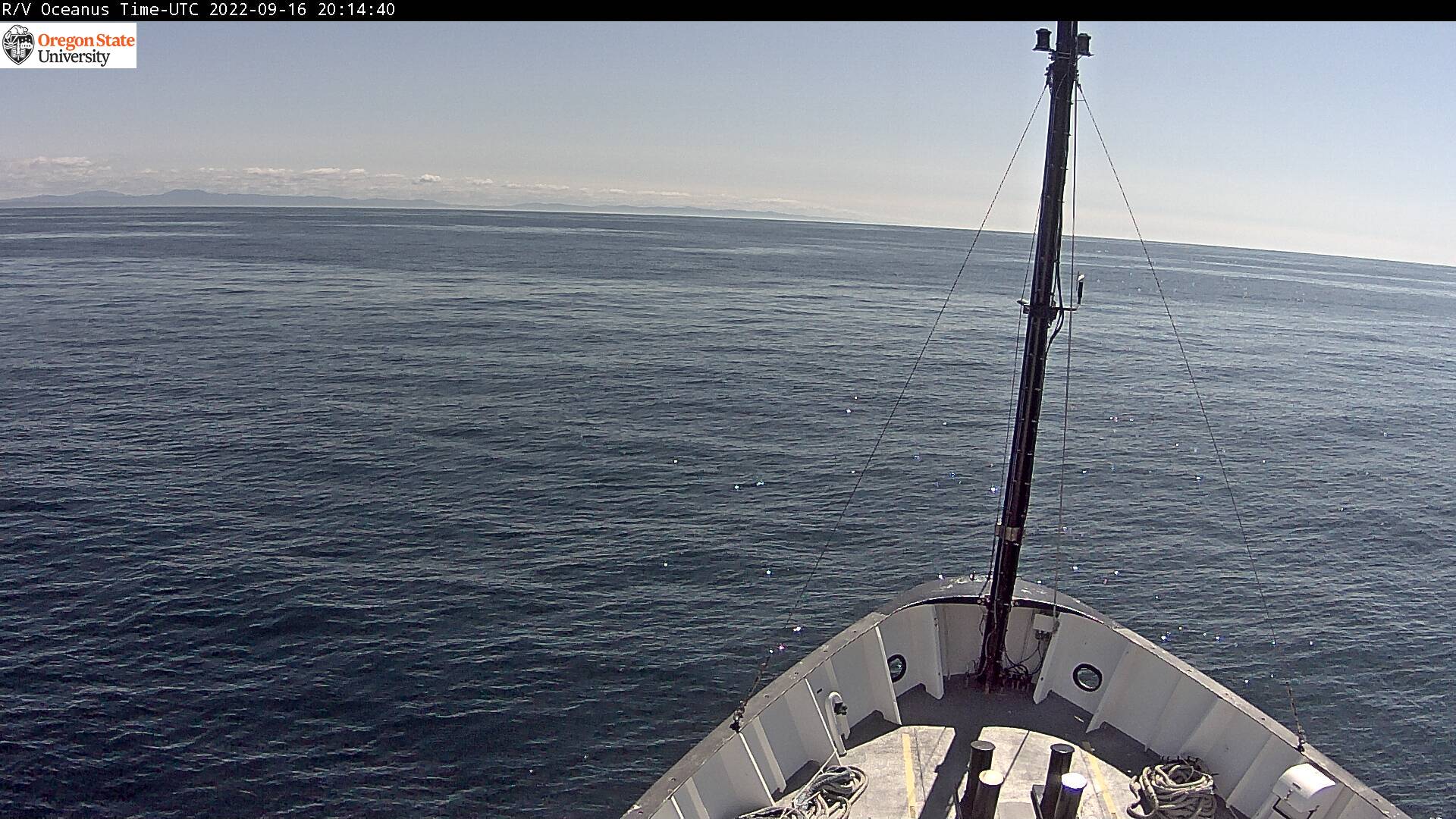You are here
ETM Campaign - Summer 2013
 Investigate the Estuarine turbidity maxima.
Investigate the Estuarine turbidity maxima.
Chief Scientists: Byron Crump, Oregon State University
Ship: R/V Oceanus
Document: Cruise Plan
Science Initiative: Estuary Turbidity Maxima
Research Goals
 1. To sample the three Estuarine Turbidity Maximum (ETM) of the Columbia River Estuary, and appropriate non-ETM background environments. These samples will focus on determining which bacterial assemblages are associated with which particle size using water samples collected with a pump attached to a CTD system, and using samples collected with an Owen-style bottom withdrawal tube. Samples will also be collected to compare metagenomes and metatranscriptomes of the three ETM and identify signature genetic capabilities and gene expression patterns of ETM microbial communities. Results will be compared with those from cruises in April and October 2012.
1. To sample the three Estuarine Turbidity Maximum (ETM) of the Columbia River Estuary, and appropriate non-ETM background environments. These samples will focus on determining which bacterial assemblages are associated with which particle size using water samples collected with a pump attached to a CTD system, and using samples collected with an Owen-style bottom withdrawal tube. Samples will also be collected to compare metagenomes and metatranscriptomes of the three ETM and identify signature genetic capabilities and gene expression patterns of ETM microbial communities. Results will be compared with those from cruises in April and October 2012.
2. To collect contextual chemical and biological data associated with nucleic acid samples collected for goal 1. These data will include sensor-based data measured with a CTD sensor package, and direct measurements of nutrients, organic matter, pigments, cell abundance, bacterial growth rate, and respiration rate.
3. To collect contextual physical and chemical data with Autonomous Underwater Vehicles, profiling nutrient analyzer, bottom mounted Acoustic Doppler Profiler and CTD, and boom mounted Acoustic Doppler Current Profiler in estuary and plume.
4. To measure methane concentration and CDOM in surface waters using sensors attached to the ships flow-through seawater system.
Related ETM Publications by CMOP
- Contrasting Genomic Properties of Free-living and Particle-attached Microbial Assemblages within a Coastal Ecosystem.
- Culturable Rhodobacter and Shewanella species are abundant in estuarine turbidity maxima of the Columbia River
- Dark Carbon Fixation in the Columbia River’s Estuarine Turbidity Maxima: Molecular Characterization of Red-Type cbbL Genes and Measurement of DIC Uptake Rates in Response to Added Electron Donors
- Nutrient Loading and Transformations in the Columbia River Estuary Determined by High Resolution In Situ Sensors
- Protist 18S rRNA gene sequence analysis reveals multiple sources of organic matter to turbidity maxima of the Columbia River estuary
R/V Oceanus Live Webcam (image refreshes every 3 minutes)




